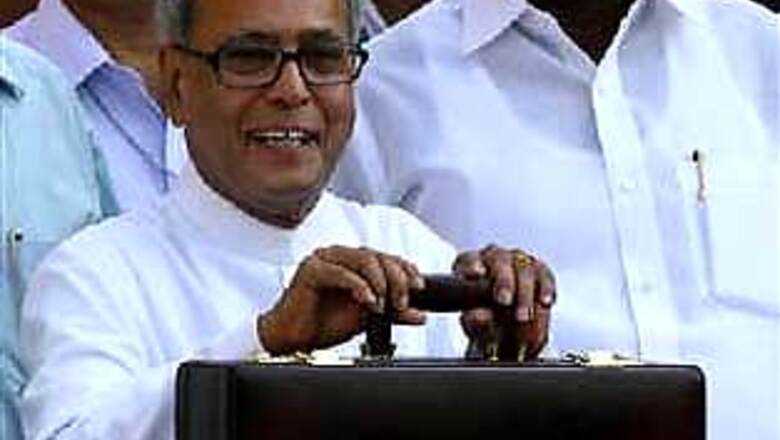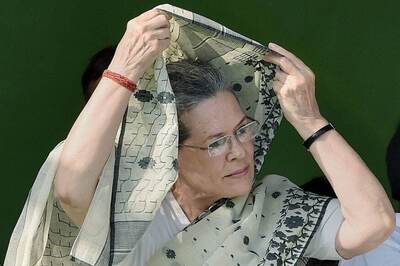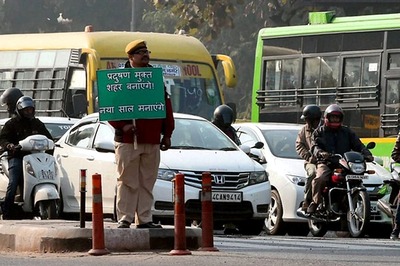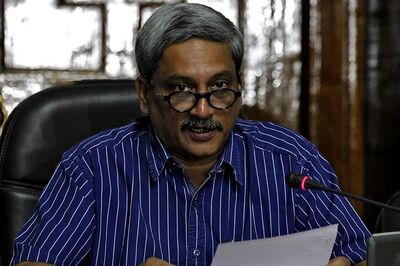
views
Mumbai: Who should investors listen to amid the din of official commentary on economic and monetary policy in India?
Below are profiles of key players.
Pranab Mukherjee, Finance Minister
The no-nonsense Mukherjee, diminutive and favouring Nehru-style jackets, sits at the top of India's economic policy-making apparatus as head of the powerful finance ministry. The 74-year-old from West Bengal, who will present the Union budget on Feb 26 in what is one of the most hotly-anticipated annual events in India, took office last May but also held the same post in the 1980s, when protectionist policies crippled the economy.
Firmly in the left-of-centre camp of the Congress that espouses "inclusive growth," Mukherjee backs spending on social programmes such as a rural jobs guarantee scheme and is considered neither a deficit hawk nor an aggressive reformer.
A contemporary and close confidante of Prime Minister Manmohan Singh, Mukherjee is the consummate Congress party insider and is close to both party boss Sonia Gandhi and Singh. He is a firefighter within the party on contentious issues.
During Mukherjee's first stint as Finance Minister in the 1980s, Singh served as Reserve Bank of India governor.
Mukherjee is not shy about speaking to journalists and giving forecasts although he sometimes gets testy when crowded by reporters and cameramen.
Duvvuri Subbarao, Reserve Bank Of India Governor
A veteran of the Finance Ministry, Subbarao is perceived to be less independent of government influence than his predecessor, Y V Reddy. That may in part be because there has been little substantive difference between Subbarao and Mukherjee over how to manage through the global downturn.
Less voluble than Reddy, Subbarao has nonetheless occasionally caught the attention of markets with hawkish commentary that conflicts with government thinking, although his moves to tighten policy have been gradual and in line with government wishes.
Still, Subbarao, 60, appears keen to spring the odd surprise, such as raising bank reserve requirements more than was expected in January.
A career bureaucrat who served in Singh's economic advisory council in the Congress party's government's previous term, Subbarao worked closely with New Delhi to help steer the Indian economy through the global financial crisis.
Unlike some of his deputies, Subbarao is not given to making off-the-cuff remarks.
He is also seen to be taking steps to modernise the staid 75-year-old central bank, and recently held the RBI's first-ever conference call with analysts after the quarterly policy review.
C Rangarajan, chairman of the Prime Minister's Economic Advisory Council
A former central bank governor, Rangarajan is not shy about airing his views on monetary policy and his statements are seen as reflecting the official thinking of Singh's administration.
His remarks, including strongly worded statements urging the central bank not to raise rates, are taken seriously by the financial markets.
Another member of the old guard, the 78-year-old Rangarajan sits at the head of the prime minister's economic advisory council, which provides guidance Singh but has no direct link to policymaking.
Rangarajan is viewed by many market participants as wielding clout above his official rank.
Montek Singh Ahluwalia, Planning Commission Deputy Chairman
Famous for his blue turban and clipped beard, the man known simply as "Montek" is a powerful bureaucrat whose influence is greater than his title would suggest.
Along with the Singh and then-Prime Minister Narasimha Rao, Ahluwalia was an architect of India's moves in 1991 to liberalise its economy, which set the country on its current higher-growth trajectory, freeing it from the so-called "Hindu" rate of growth.
Smooth-talking and approachable, with an Oxbridge accent, Ahluwalia, 66, is media star who frequently speaks on data and policy. Although his comments are often more academic than official, his views are nonetheless closely followed by markets.
Subir Gokarn, RBI Deputy Governor
The newest of the four RBI deputy governors, Gokarn joined the central bank late last year from ratings agency Standard & Poor's, where he was Asia-Pacific chief economist.
Tall, with distinctive long silver hair and beard, the 50-year-old Gokarn is responsible for monetary policy and has had a high profile since taking office, making numerous public appearances.
He made news after the most recent monetary policy statement when he said the Reserve Bank would change policy outside its quarterly cycle only in response to extraordinary conditions. The remark, which he has repeated, appeared designed to make the RBI's policy-making more transparent and less prone to surprise.




















Comments
0 comment